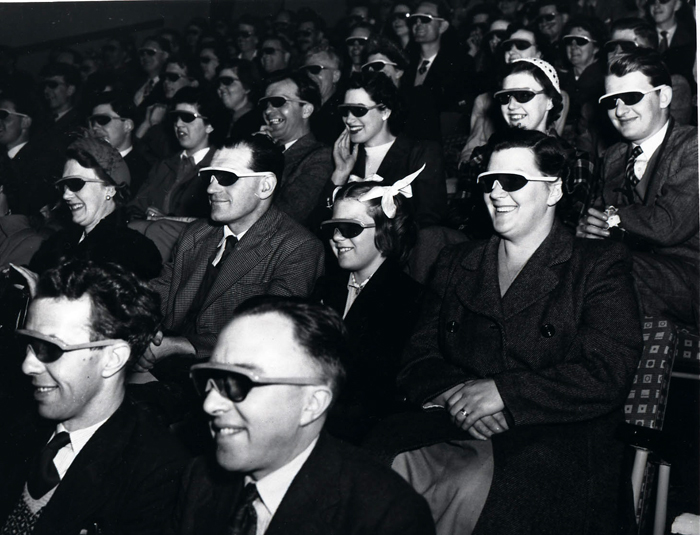Telecinema on:
[Wikipedia]
[Google]
[Amazon]
 The Telecinema was a small cinema built especially for the
The Telecinema was a small cinema built especially for the
South Bank Centre, "Walk This Way"
/ref>
 The Telecinema was a small cinema built especially for the
The Telecinema was a small cinema built especially for the Festival of Britain
The Festival of Britain was a national exhibition and fair that reached millions of visitors throughout the United Kingdom in the summer of 1951. Historian Kenneth O. Morgan says the Festival was a "triumphant success" during which people:
...
's London South Bank Exhibition in the summer of 1951. It was situated between Waterloo station
Waterloo station (), also known as London Waterloo, is a central London terminus on the National Rail network in the United Kingdom, in the Waterloo area of the London Borough of Lambeth. It is connected to a London Underground station of t ...
and the Royal Festival Hall.
The Telecinema was one of the most popular attractions of the Festival, with 458,693 visitors. Many people had to be turned away. When the Festival of Britain ended, the press and public called for its retention, and, following discussion with the London County Council
London County Council (LCC) was the principal local government body for the County of London throughout its existence from 1889 to 1965, and the first London-wide general municipal authority to be directly elected. It covered the area today kno ...
and the film industry, "the building was formally handed over to the BFI for use as a members-only repertory cinema club. It was re-equipped with 400 seats, projection facilities for both 16mm and 35mm, and re-opened in October 1952 as the National Film Theatre
BFI Southbank (from 1951 to 2007, known as the National Film Theatre) is the leading repertory cinema in the UK, specialising in seasons of classic, independent and non-English language films. It is operated by the British Film Institute.
His ...
. It remained until 1957 when the NFT relocated to a cinema under Waterloo Bridge.
Building
The Festival of Britain Office appointedWells Coates
Wells Wintemute Coates OBE (December 17, 1895 – June 17, 1958) was an architect, designer and writer. He was, for most of his life, an expatriate Canadian who is best known for his work in England, the most notable of which is the Modernist ...
to design a building on the South Bank where 35mm film, stereoscopic (3-D) and stereophonic
Stereophonic sound, or more commonly stereo, is a method of sound reproduction that recreates a multi-directional, 3-dimensional audible perspective. This is usually achieved by using two independent audio channels through a configuration ...
film and large-screen television broadcasts could be shown. He created a grey, oblong building, constructed from light steel and soundproofed, in what ''Today's Cinema'' magazine at the time called, "a fly-away linear design ith a
The Ith () is a ridge in Germany's Central Uplands which is up to 439 m high. It lies about 40 km southwest of Hanover and, at 22 kilometres, is the longest line of crags in North Germany.
Geography
Location
The Ith is immediatel ...
gay façade and bold modern stare". It could seat 410 people, 252 in the stalls and 158 in the balcony. The foyer doubled as a television studio. It was operated and programmed by the BFI.
Although the Festival literature and British Film Institute
The British Film Institute (BFI) is a film and television charitable organisation which promotes and preserves film-making and television in the United Kingdom. The BFI uses funds provided by the National Lottery (United Kingdom), National Lot ...
(BFI) press releases called it the "Telecinema", the name on the outside of the building was Telekinema.Sarah Easen, "Film and the Festival of Britain", British Universities Film and Video Council. www.bufc.ac.uk
Screenings
The Telecinema was the first cinema in the world specially designed and built to show both films and television.Cox, Ian, ''The South Bank Exhibition: A guide to the story it tells'', H.M.S.O., 1951 It created a heightened sense of realism by special effects that involved the audience more closely in what was shown. Among the techniques employed were a borderless screen and film with multiple soundtracks whose sound was reproduced through a series of loudspeakers behind the screen and in the auditorium. J.D. Ralph and R.J. Spottiswoode were responsible for the presentation and programme, which comprised a feature film, fourteen documentaries, four experimental films and four 'stereoscopic' (3-D) films./ref>
References
{{DEFAULTSORT:Telecinema Festival of Britain Modernist architecture in London Wells Coates buildings Former cinemas in London World's fair architecture in London